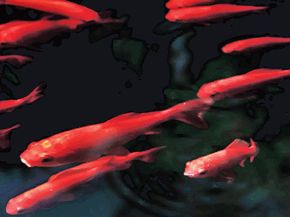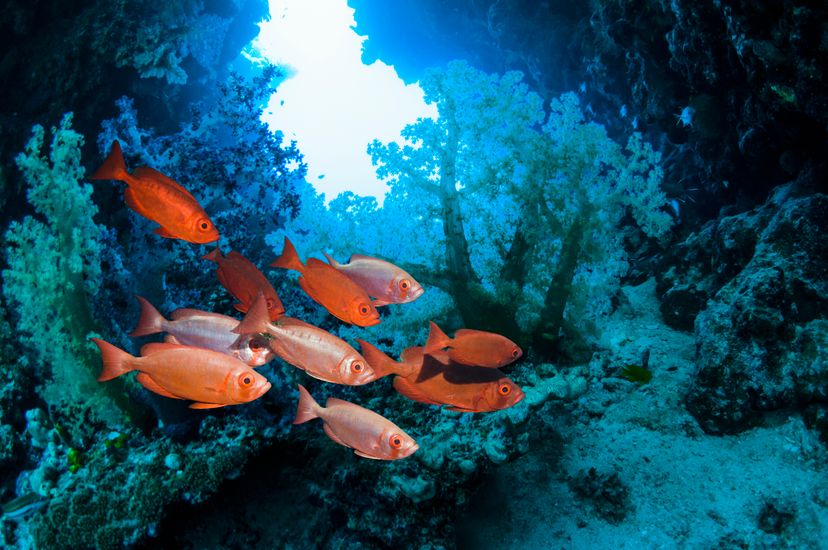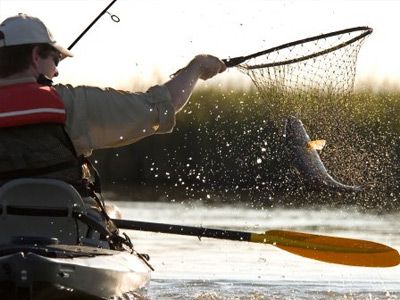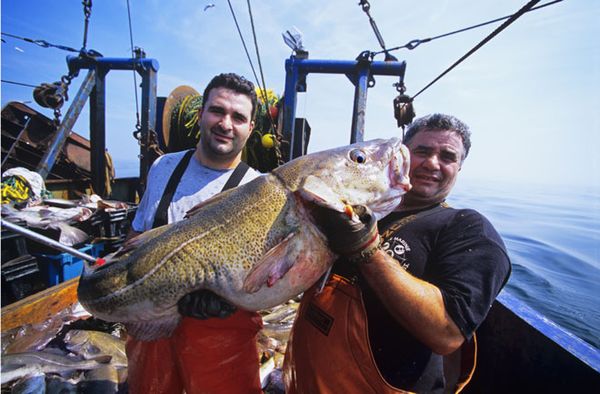Open water. Warm seas. And a three-foot, 40-pound fish putting up a heck of a fight on the end of your line. Does it get any better?
Many fishermen find redfish (also called red drum) appealing, not just because of their flavor but also because of their size and their eagerness to fight. Fishing for redfish is bound to be exciting and memorable.
Advertisement
Redfish move about quite a bit. In the course of the year, you might be able to catch redfish in brackish water and salt water, sounds and inlets, marshes, rivers, creeks, flats and surf. But the main event is the redfish spawn, when redfish by the thousands gather and school offshore.
Water in redfish spawning grounds is typically more than 50 feet deep, but redfish come right up to the surface for the actual spawning. And you'll know it when you see it. Being in the midst of the redfish spawn can be an overwhelming experience. A great copper tide surrounds the boat. You can hear, perhaps even feel, the characteristic drumming sound that gives the fish its folk name, red drum. The schools are so large that they're visible from airplanes.
Read on to learn about when and where redfish spawn, as well as how to fish for them.
Advertisement





